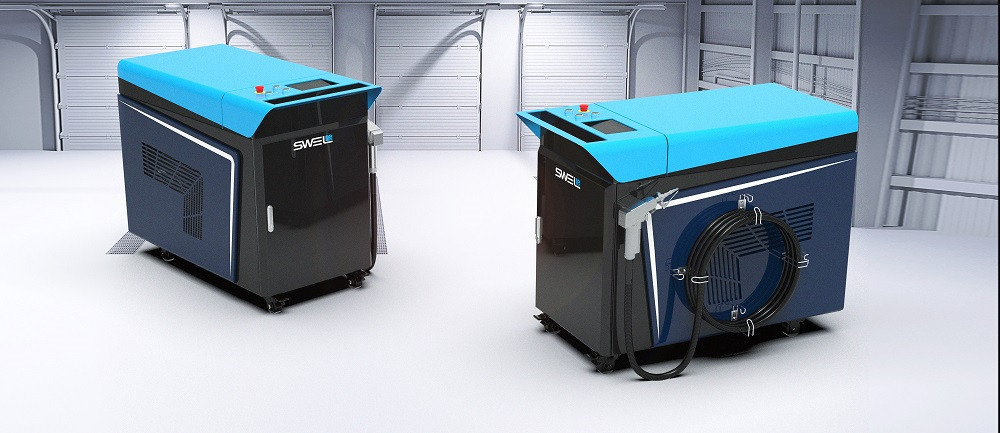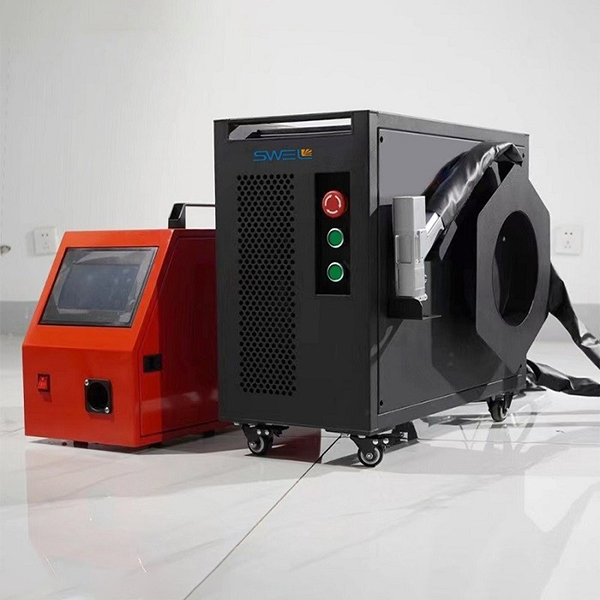Fiber Laser Welding Machines: The Cutting Edge of Modern Welding Technology
Laser Source: The heart of the machine, the fiber laser source generates the high-intensity light used for welding.
Beam Delivery System: This system guides the laser beam to the workpiece, often using a series of mirrors or lenses.
Workstation: The area where the welding takes place, equipped with fixtures to hold the materials in place.
Control System: A computer or microcontroller that manages the operation of the machine, including the power of the laser, welding speed, and path.

Precision: Fiber lasers can be focused to a very small spot, allowing for precise control over the weld area.
Speed: The high energy density of the laser beam enables faster welding speeds compared to traditional methods.
Flexibility: Fiber laser welding machines can be used on a variety of materials and in different shapes and sizes.
Low Operating Costs: Fiber lasers require less maintenance and have lower energy consumption than other types of lasers.
Minimal Distortion: The localized heat input reduces the risk of warping or distortion of the workpiece.
Automotive Industry: For welding parts such as exhaust systems, gears, and engine components.
Aerospace: Welding of lightweight materials like aluminum and titanium in aircraft components.
Medical Devices: Precision welding of small and delicate parts in medical equipment.
Jewelry Making: For intricate designs and detailed work in precious metals.
Manufacturing: General manufacturing applications where high-quality, repeatable welds are required.

Material Preparation: The workpieces are cleaned and prepared to ensure a strong weld.
Laser Generation: The fiber laser generates a beam of coherent light at the desired wavelength.
Beam Guidance: The laser beam is directed to the welding area via the beam delivery system.
Welding Process: The laser beam is focused onto the workpiece, melting and fusing the materials together.
Cooling and Solidification: The weld cools and solidifies, forming a strong joint.
High Initial Cost: The upfront cost of a fiber laser welding machine can be significant.
Training and Safety: Operators require training to use the equipment safely and effectively.
Material Limitations: Some materials may require additional processes or settings for successful welding.




